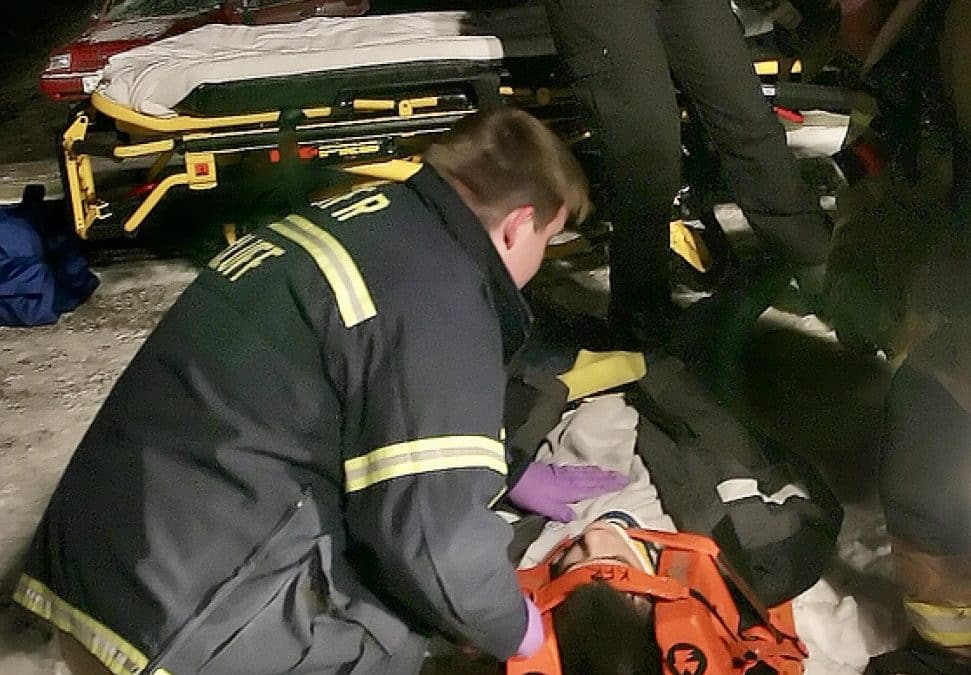Ok, the diver’s bleeding is controlled with 2 tourniquets, the airway is being managed with an OPA and BVM, but is laying a pool of water and still has on his clothes. Being a good steward of training, you deployed the MARCH algorithm and when you reach the “H” you realized the patient is trauma naked and shivering has stopped. Remember, early intervention of “prevention of further cooling” is essential. Even though it is the last consideration of the MARCH algorithm, you must initiate immediately when other life-threatening issues have been addressed. It is much easier to preserve heat than it is to actively re-warm; specifically, in the austere environment. Make sure you cover the patient up, expose only areas that need to be evaluated, use the blood sweep method to identify those areas, dry a wet patient, add blankets, clothing, and any heat source you may have available. I have used and prefer the HPMKs. Many will say skin to skin, but I have never seen that used in a true trauma situation… I am sure many have stories, but, I have not personally done this to warm a trauma patient. Spooning at SERE school may or may not have happened, but that would be a different Blog.
Don’t forget about warming your fluids… cold fluids equal death.

